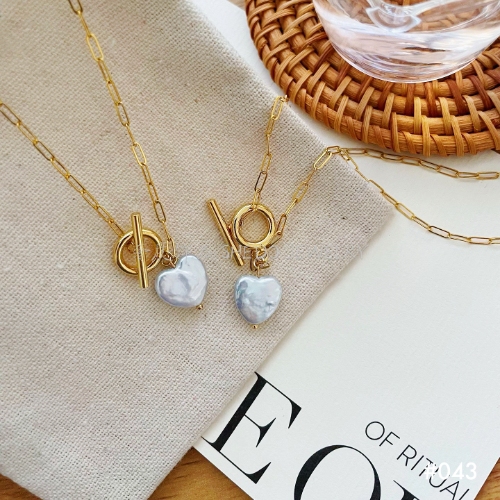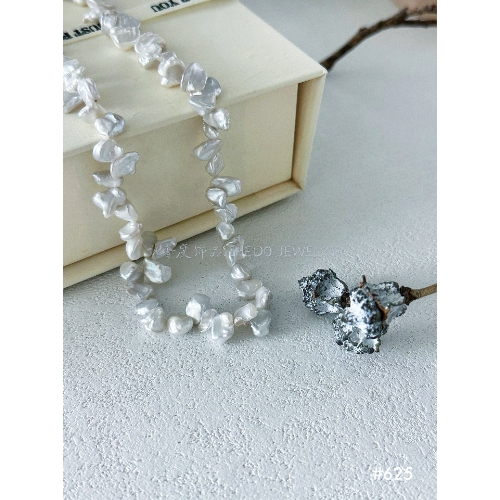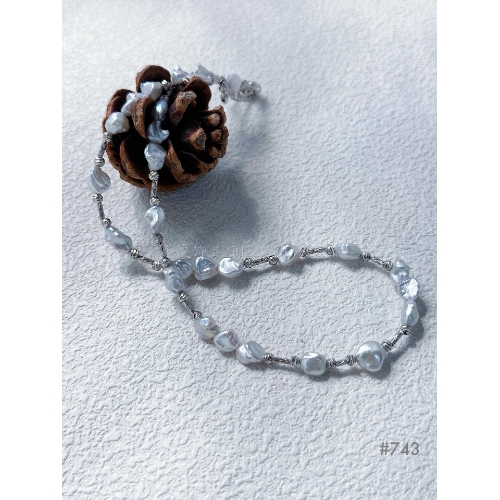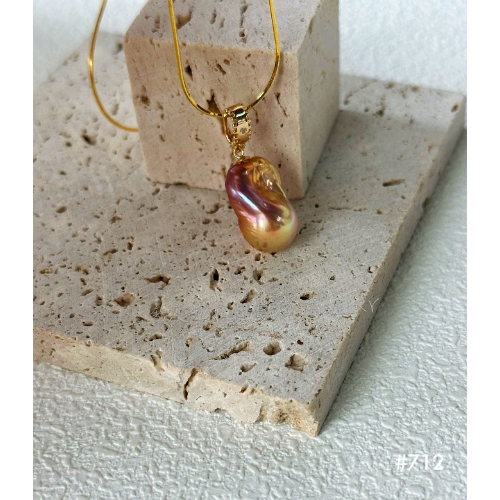Natural Pearls vs. Cultured Pearls: A Closer Look
Natural pearls are formed in the wild without any
human intervention. The journey of natural pearl formation begins when a tiny
object, like a grain of sand, accidentally enters the mollusk. Natural pearls
are extremely rare—it's highly likely that a diver may go deep into the ocean
and check many oysters without finding a single natural pearl that meets the
jewelry grade. Since natural pearls grow in the uncontrolled wild environment,
their shapes, sizes, and colors are usually inconsistent.
Cultured pearls, on the other hand, are formed by
placing a small irritant into the mollusk through human effort. Modern
culturing techniques can control the shape, size, and color of pearls, making
their quality more predictable. Cultured pearls are more accessible than natural
pearls, and thus, their prices are more affordable. Despite the differences in
formation, both natural and cultured pearls are genuine and valuable gems,
perfectly showcasing the wonderful combination of nature and human ingenuity.
An interesting phenomenon is that natural pearls
usually have a thicker layer of nacre because they grow for a longer time in
the wild. Cultured pearls also have a thick layer of nacre, but it's thinner
than that of natural pearls. For saltwater pearls like Akoya, South Sea, and
Tahitian, you can conduct professional tests to measure the thickness of their
nacre.
When it comes to price, natural pearls are much
more expensive than cultured pearls, with a price difference of up to a hundred
times, given the same size and quality. Ultimately, this is due to the extreme
rarity of natural pearls, which are almost non-existent in today's market.
 What are the main types of cultured pearls and what are their distinctive characteristics?
What are the main types of cultured pearls and what are their distinctive characteristics?
 What are saltwater cultured pearls?
What are saltwater cultured pearls?
 What are freshwater cultured pearls?
What are freshwater cultured pearls?
 Natural Pearls vs. Cultured Pearls: A Closer Look
Natural Pearls vs. Cultured Pearls: A Closer Look

